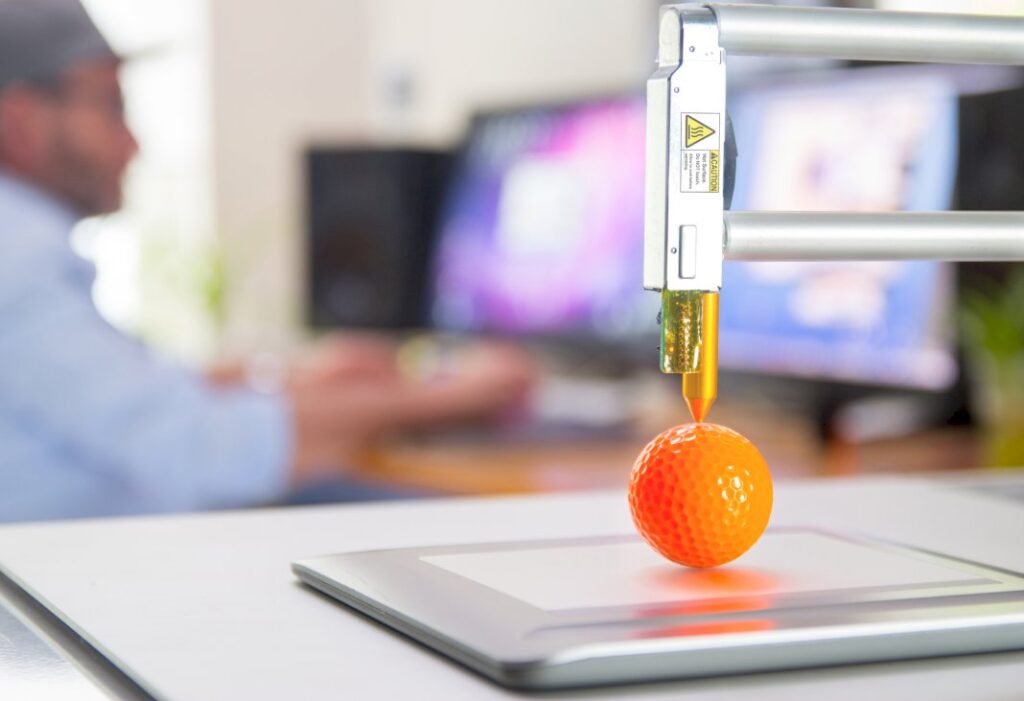The Latest Tech Trends for Product Development

Technology is constantly changing and evolving, so staying on top of the latest trends is important. For product developers and entrepreneurs, this means staying up-to-date with the newest tech trends to ensure your products remain relevant. Here’s what you need to know about recent tech trends for product development.
Augmented Reality (AR)
AR is rapidly becoming one of the most popular technologies in product development, particularly in the gaming industry. Simply put, AR uses virtual elements to enhance real-life experiences.
For example, a game using AR technology could allow players to use their phones or tablets to “scan” their environment and interact with virtual objects as if they were present in the room. AR is also being used by companies like IKEA to allow customers to “preview” how furniture will look in their homes before they buy it.
In other words, AR is making it easier than ever to create immersive and interactive experiences in product development. An innovative use of AR could be just the key to creating a successful product.

Laser-cutting Machines
Laser-cutting machines are becoming increasingly popular in product development due to their accuracy and capabilities. For instance, AP Lazer machines use lasers to precisely cut various materials, including wood, metal, plastic, and even cloth.
Aside from the obvious benefits of creating highly accurate parts for products quickly and easily, laser cutting is also more cost-effective than traditional methods. Laser-cut parts require little to no post-production finishing, meaning companies can save time and money while creating more efficient products.
One industry that most benefits from laser technology is the automotive industry. Automakers have been using laser-cutting machines to create parts for vehicles with greater speed and accuracy than ever before.
3D Printing
3D printing has been around for a few years, but it’s becoming increasingly popular in product development. It allows companies to create complex parts and products quickly and cheaply.
Unlike traditional manufacturing methods, 3D printing doesn’t require costly tooling or specialized machinery. This means that small startups can use this to produce components for their products without needing a large upfront investment.
3D printing is also incredibly versatile and can be used to create parts from a variety of materials, including plastic, metal, ceramic, and even sandstone. Companies use it to quickly prototype new products and test concepts before committing money or resources to manufacture them.

Artificial Intelligence (AI)
Another big trend in product development is artificial intelligence (AI). AI technology allows machines to learn from their interactions with users and adapt accordingly. AI can help make products smarter by providing users with more personalized experiences, ultimately leading to increased customer satisfaction and loyalty. Here are some recent applications:
Autonomous Vehicles
AI can be used to make cars safer and smarter by allowing them to learn from their environment and anticipate obstacles on the road. This is particularly useful for autonomous vehicles, which need to make decisions quickly and accurately to navigate safely.
Automated Product Development
Some firms even use AI to develop new products, such as software solutions or physical products. By analyzing customer data and feedback, they can automatically generate designs for new products tailored to their customer’s needs and preferences. This could be the key to creating successful products in a shorter amount of time and with less effort.
Natural Language Processing (NLP)
NLP allows machines to understand human language so that they can respond accordingly. This is used in chatbots, voice assistants, and other conversational interfaces. For example, Amazon’s Alexa can understand and respond to commands spoken in natural language.
Smart Home Products
AI can be used to create “smart” versions of everyday products, such as thermostats and lighting systems. This technology allows consumers to control their home appliances with their voice or a smartphone app. Moreover, these products are able to learn from user behavior and adjust settings accordingly, making them even more helpful.
Product development is constantly evolving as new technologies emerge and existing ones become more advanced. Keeping track of these changes can help you ensure that your products remain relevant and competitive in a rapidly changing market. Augmented reality (AR), laser cutting, 3D printing, and artificial intelligence (AI) are all significant trends that product developers should pay attention to if they want their products to remain successful now and into the future. By understanding these technologies, you’ll be able to take advantage of them in order to create innovative solutions that will help your products stand out from the competition.
For more valuable information visit this website.






